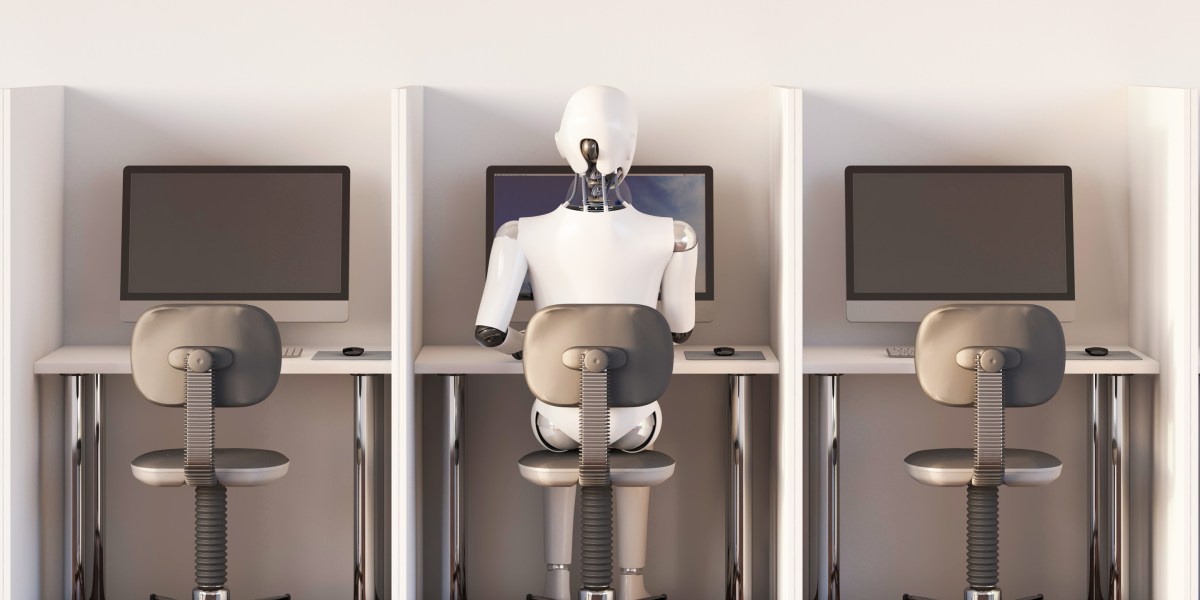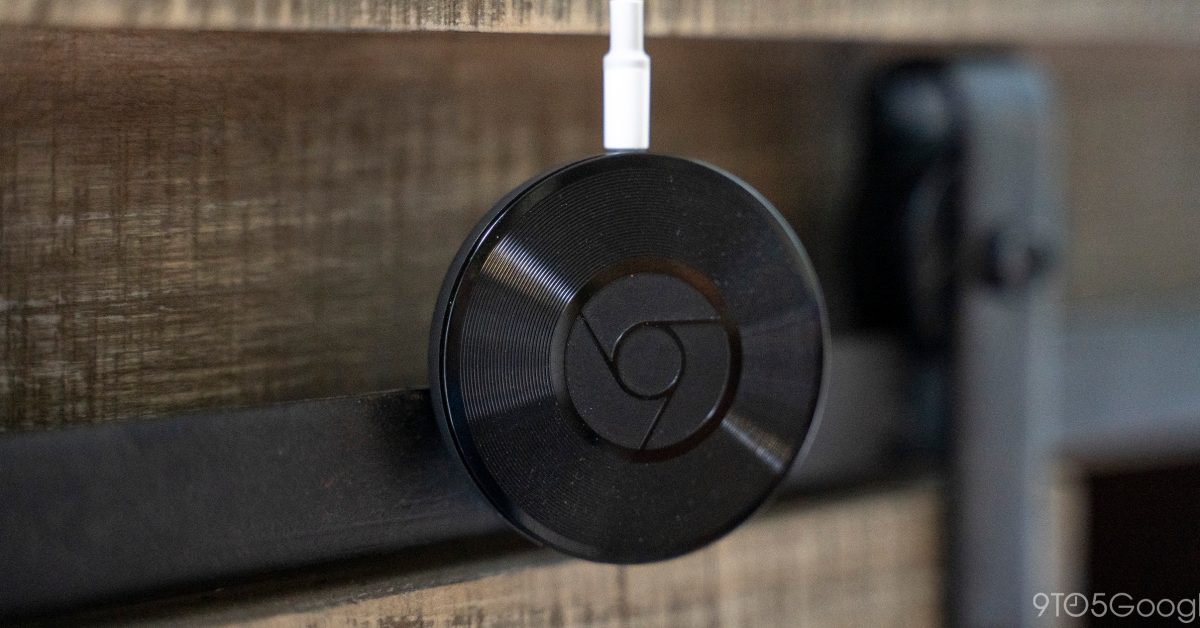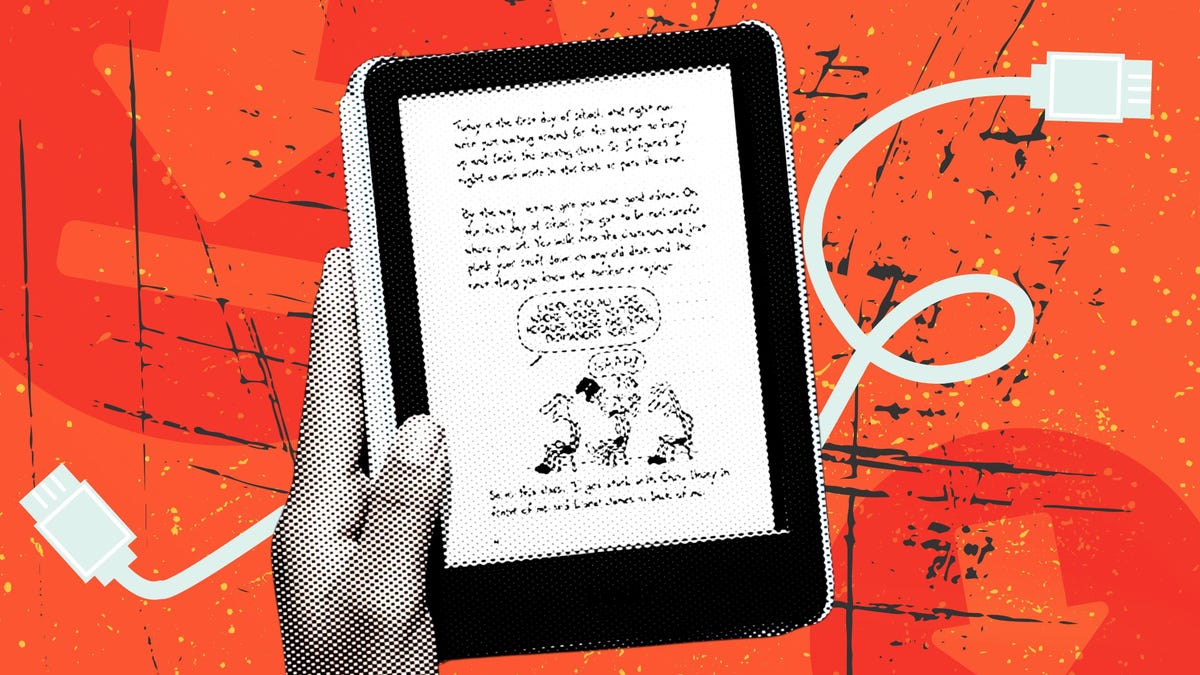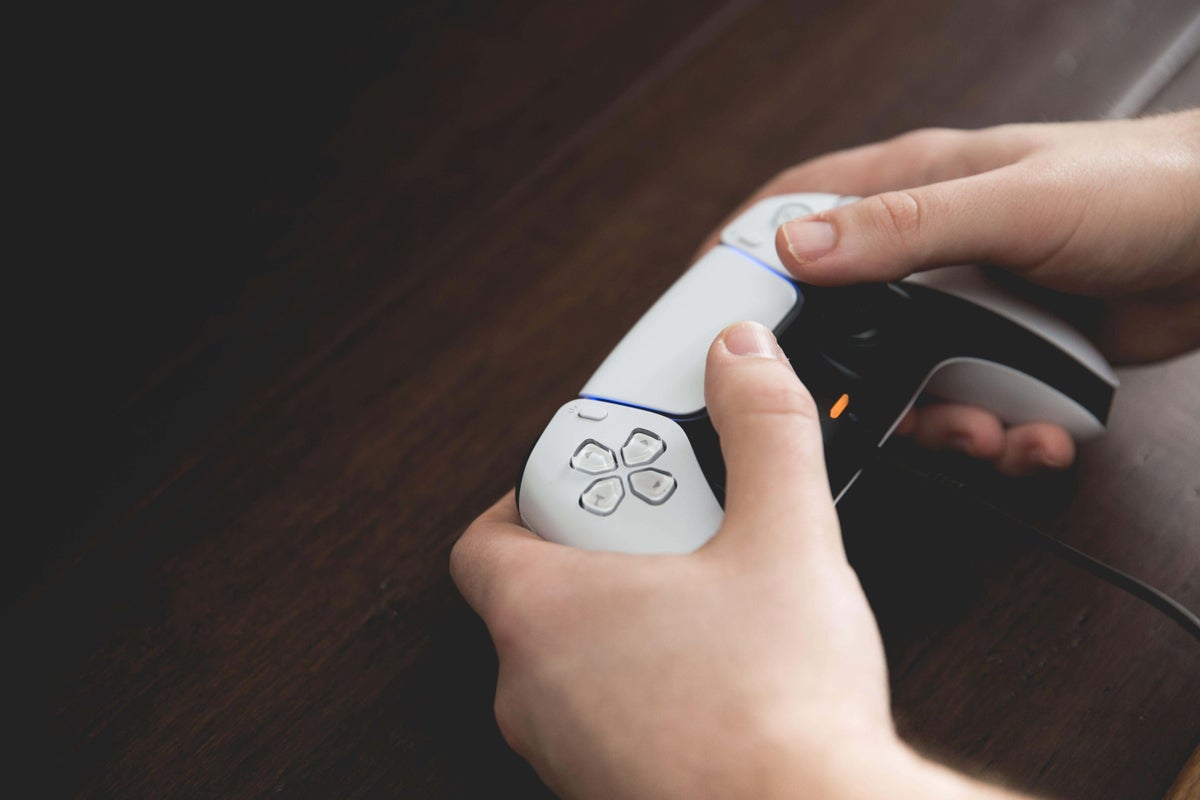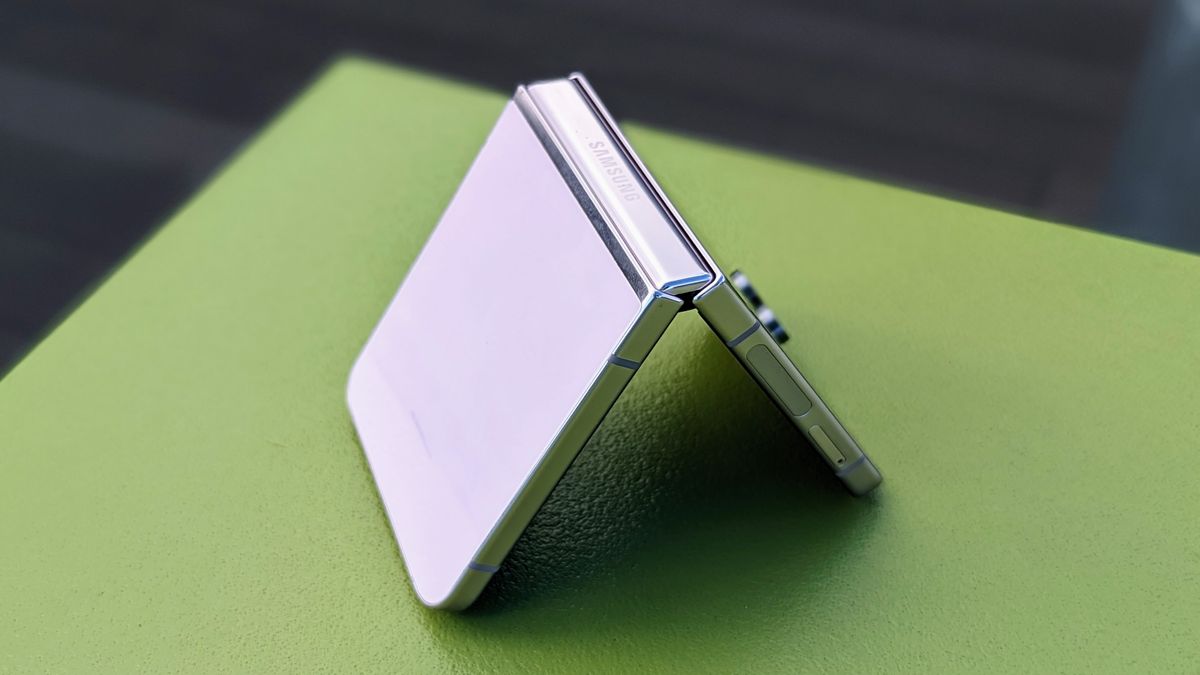Touchscreen Takeover: Are Car Dashboards About to Get Unplugged?
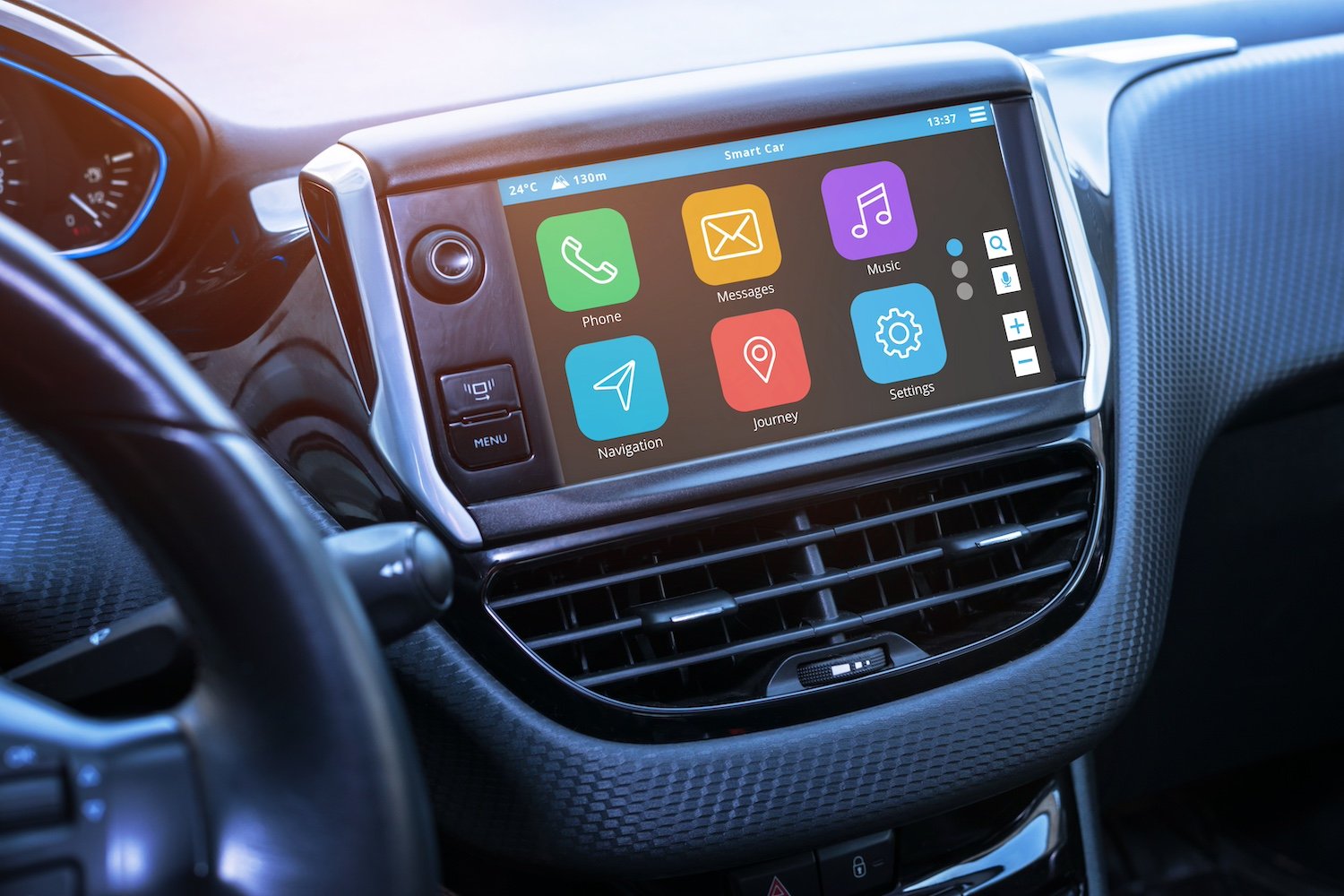
The love affair between drivers and high-tech touchscreens is rapidly cooling. Once hailed as the pinnacle of automotive innovation, these sleek digital interfaces are now facing growing criticism from frustrated drivers who find them more distracting than convenient.
Modern vehicles have increasingly replaced traditional buttons and knobs with expansive touchscreen displays, promising a futuristic driving experience. However, the reality is far from the glossy marketing promises. Drivers are discovering that these complex interfaces often require multiple taps and swipes to complete simple tasks, taking their attention away from the road.
Safety experts and consumer groups are raising concerns about the cognitive load these touchscreens impose on drivers. Unlike physical controls that can be operated by muscle memory, touchscreens demand visual concentration, potentially increasing the risk of accidents.
Automotive manufacturers are beginning to hear the mounting criticism. Some brands are now reconsidering their all-digital approach, exploring hybrid solutions that blend touchscreen technology with tactile controls. The message is clear: drivers want technology that enhances, not complicates, their driving experience.
As the automotive industry continues to evolve, the future of in-car interfaces remains uncertain. One thing is becoming increasingly evident: simplicity and intuitive design are becoming just as important as cutting-edge technology.

